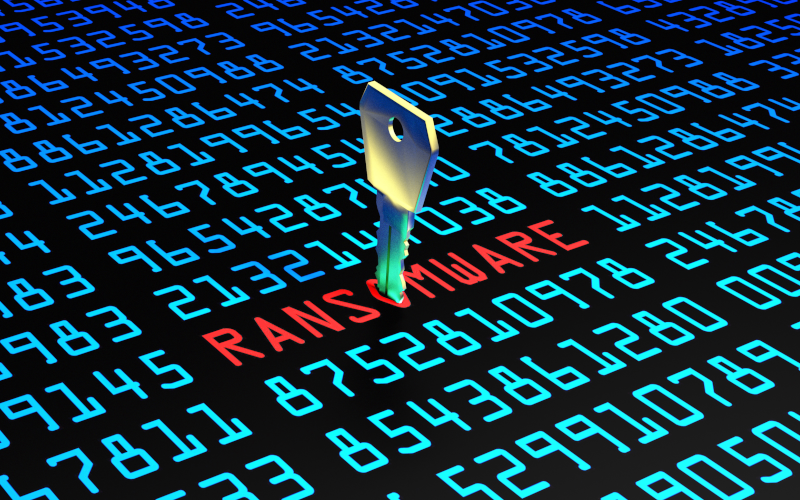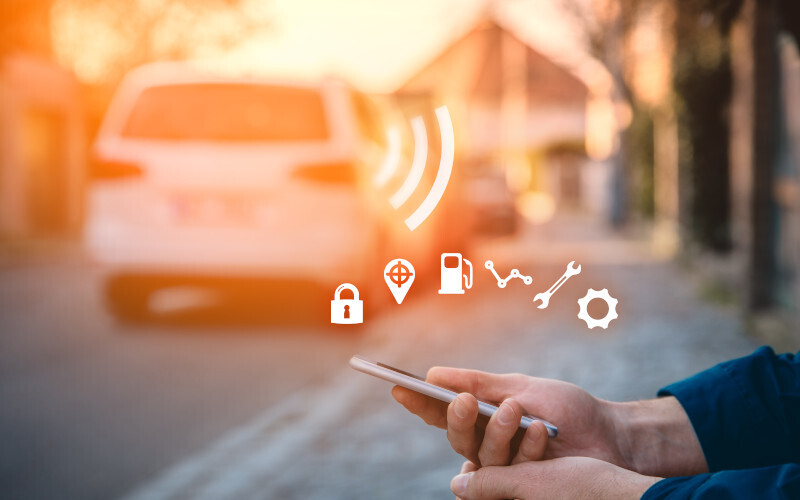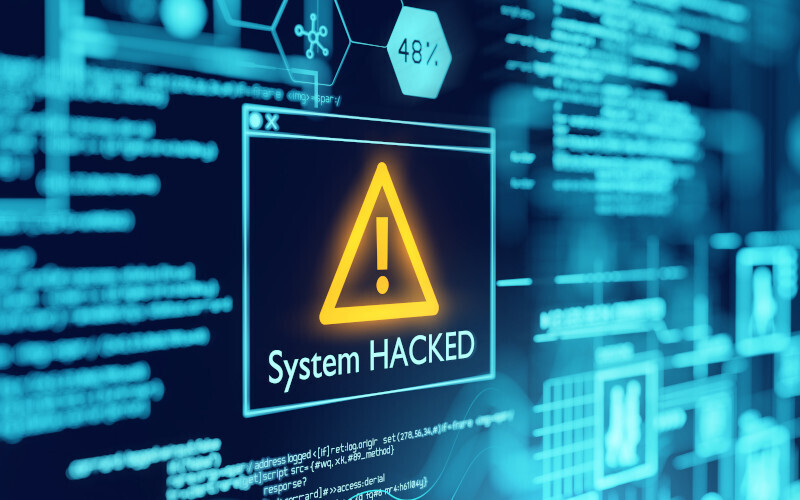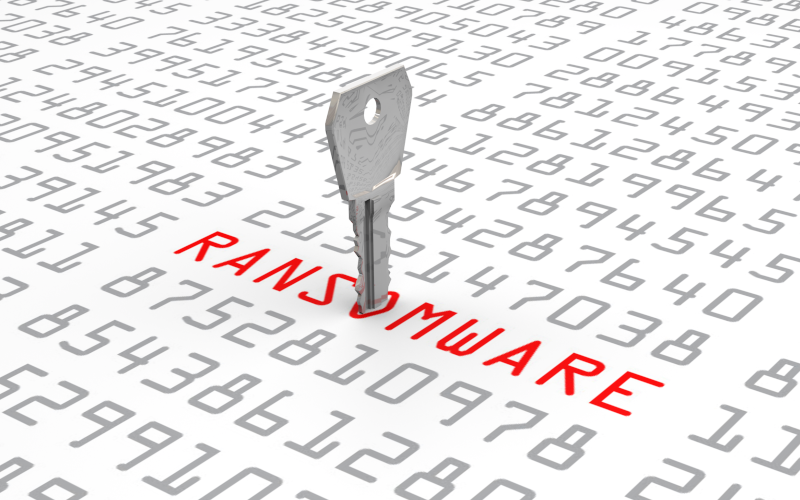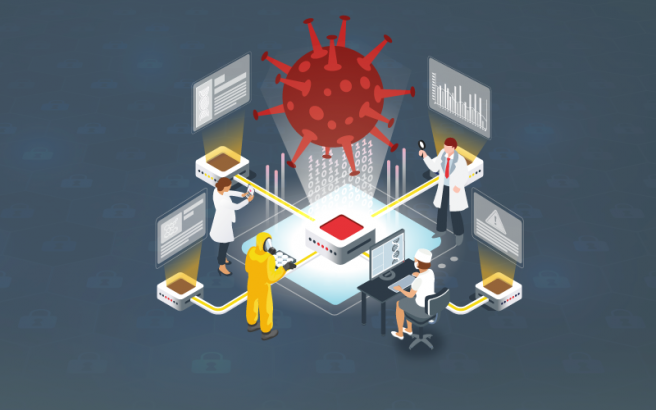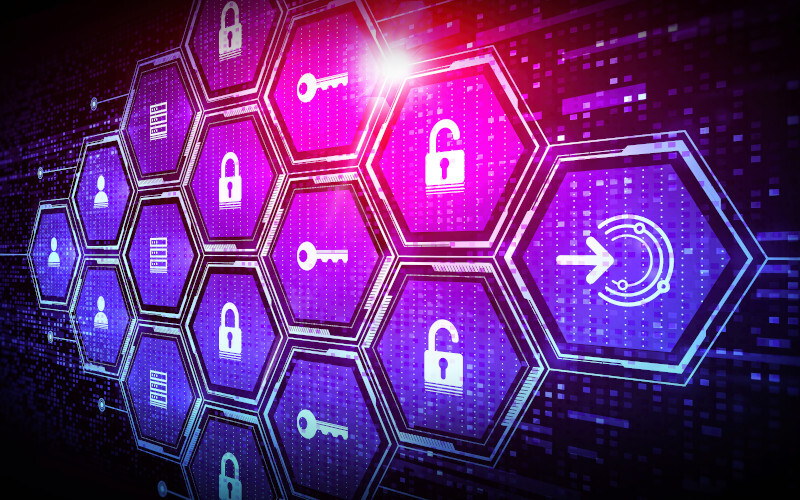PLCs security risks
Posted on 30/05/2024, by
INCIBE (INCIBE)
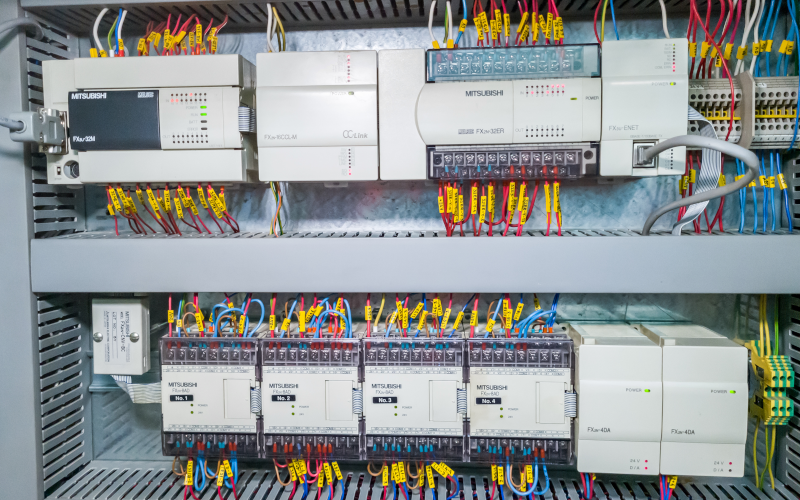
En la actualidad, el sector industrial se ha convertido en uno de los blancos más frecuentes de los ciberdelincuentes. Convirtiendo el cibercrimen en uno de los principales riesgos del sector, ya que el objetivo preferido en las redes industriales son los equipos críticos que desempeñan un papel fundamental en el sistema. Por tanto, en este artículo, exploraremos las distintas fases y formas de un ciberincidente en un entorno industrial, para entender el riesgo que representan y como prevenirlos.
Etiquetas







